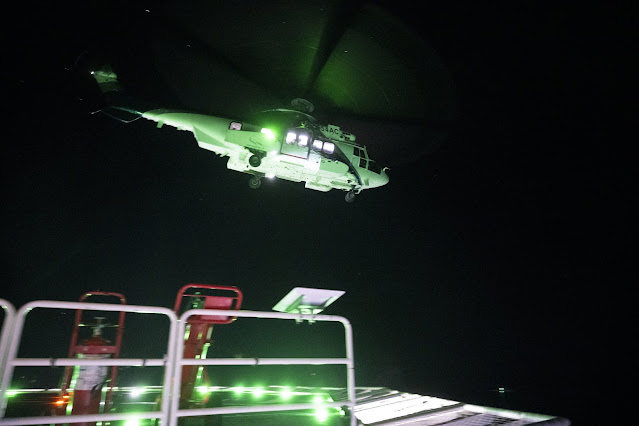Shenzhou-19 Long March-2F Y19 Rocket Launch | Jiuquan Satellite Launch Center
Shenzhou-19 Mission Emblem
China successfully launched the Shenzhou-19 crewed spacecraft on Wednesday, Oct. 30, 2024, sending three astronauts—including the country's first female space engineer—to its orbiting space station for a six-month mission. Mission specialist, Wang Haoze, is the third Chinese woman to take part in a crewed space flight, after Liu Yang who was in the Shenzhou-9 and 14 crews, and Wang Yaping, of Shenzhou-10 and 13.
The spacecraft, atop a Long March-2F carrier rocket, blasted off at 4:27 a.m. (Beijing Time) from the Jiuquan Satellite Launch Center in northwest China, said the China Manned Space Agency (CMSA).
About 10 minutes after the launch, the Shenzhou-19 spacecraft separated from the rocket and entered its designated orbit. The crew members, consisting of mission commander Cai Xuzhe and crew members Song Lingdong and Wang Haoze, are in good shape and the launch was a complete success, the CMSA announced.
The crew reached their destination after their spacecraft made a fast automated rendezvous and docking with the China space station's core module Tianhe at 11:00 Wednesday (Beijing Time).
Shenzhou-19 is the 33rd flight mission of China's crewed space program, and the fourth manned mission during the application and development stage of China's space station.
Shenzhou-19 Crew:
Cai Xuzhe (commander)
Wang Haoze (mission specialist)
Song Lingdong (mission specialist)
Image Credits: Wang Heng, Wang Jiangbo, Sun Haiying/Xinhua
Capture Date: Oct. 30, 2024
#NASA #Space #Science #Earth #China #中国 #Shenzhou18 #神舟十八 #Shenzhou19 #神舟十九号 #Taikonauts #Astronauts #CaiXuzhe #WangHaoze #SongLingdong #CSS #ChinaSpaceStation #中国空间站 #TiangongSpaceStation #SpaceLaboratory #LongDurationSpaceflight #CMSA #国家航天局 #HumanSpaceflight #STEM #Education


APoD.jpg)












APoD.jpg)









